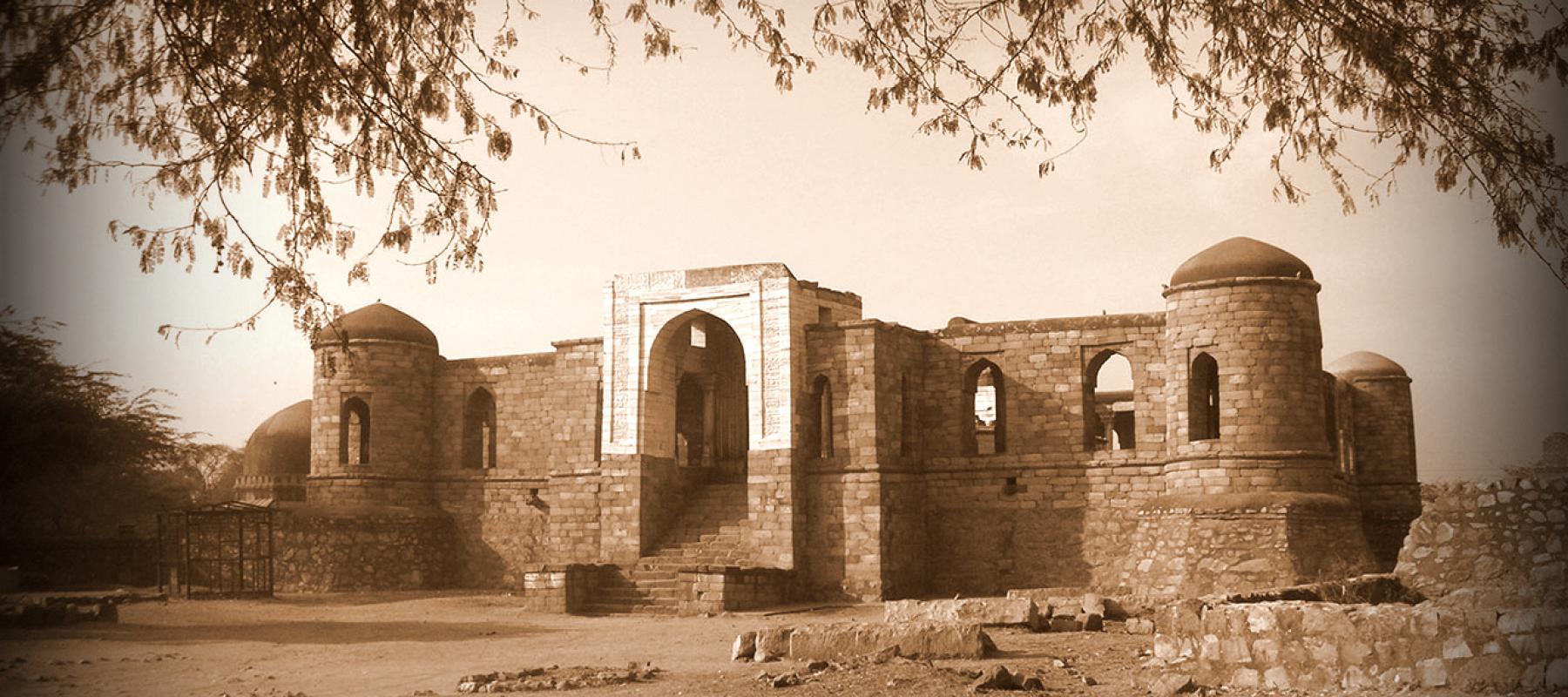Tombs are one of the most commonly found buildings in medieval Islamic architecture in India. All across the subcontinent, we find magnificent examples of monumental funerary structures, erected in memory of the departed. Tomb architecture evolved greatly through the periods of the Delhi Sultanate and the Mughals, producing jewels such the Tomb of Humayun in Delhi, or the Tomb of Sher Shah Suri in Sasaram, and reaching its peak, one may say, with the celebrated Taj Mahal in Agra.
The evolution of tomb architecture in India, however, had very humble beginnings. The earliest monumental Islamic tomb on Indian soil was erected in Delhi by Iltutmish, a few miles away from Qila Rai Pithora, the fortress of the early Sultans. The tomb, popularly known as ‘Sultan Ghari’, is that of Nasiruddin Mahmud, Iltutmish’s eldest son, who died in battle while attempting to conquer Lakhnauti in modern Bengal. Constructed in 1231 AD, this building stands today as one of the most splendid and architecturally significant examples of early Sultanate tomb building. It is also one of the very few surviving Islamic monuments constructed in India before the ‘true arch’ became a common structural device.
Drawing upon the related theoretical framework and historical context, this walk will take participants on an architectural journey inviting them to sketch their points of interest. Basic techniques of representation would be shared with the participants so they may express the way they see the monument.
This guided tour is free.


